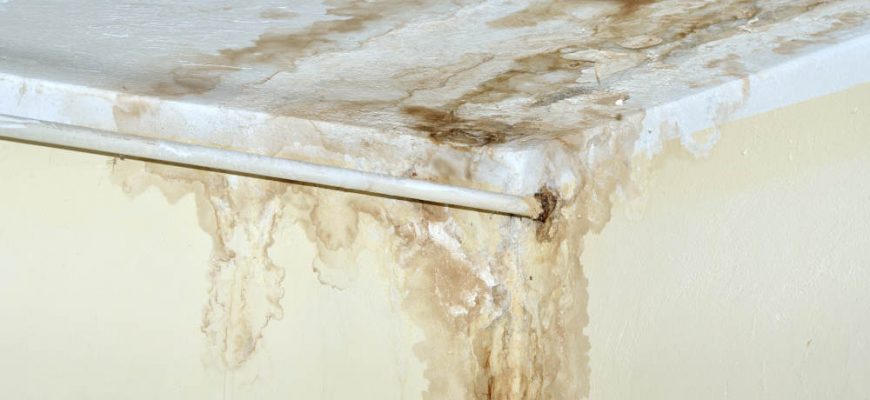
Moisture is one of the main ingredients needed to help encourage the growth of mold in your San Bernardino County area home. Below are five areas that can have mold problems directly related to water infiltration caused by a leaking roof.
Attic Spaces
The attic is the first space the water will try and access after a heavy rain on a leaking roof. Depending on the condition of your Orange County roof, water can pool quickly into the insulation and wood. It’s the perfect area of undisturbed air to begin growing large amounts of mold.
Behind the Siding
Faulty roof eaves and gutters can lead to water getting in behind the siding of your home. Eventually, the mold will become noticeable as it begins growing on the outer surface of the siding of your Riverside County house. The problem is that the mold will begin to invade deeper and deeper into the interior walls of the home.
Interior Walls
If you notice wet areas of wallboard, you might have a building problem from water leaks from the roof. It can run down behind the wallboard and completely soak the insulation, wood, and wall materials. Not only will begin growing mold, but it can cause rot of the structure of your Los Angeles County home.
Beneath Flooring
Serious roof leaks can actually allow enough water to enter behind the walls that it begins to spread out beneath your feet. The entire subfloor can become soaked. It can weaken the floor and cause failure and promotes the growth of mold.
Basements and Crawlspaces
Basements and crawlspaces of Orange County homes are already notorious for feeling damp and smelling slightly moldy. A roof leak will allow even more water to pour in and allow for mold problems to escalate. It can be a serious issue, even if your crawlspace has a dirt floor.

